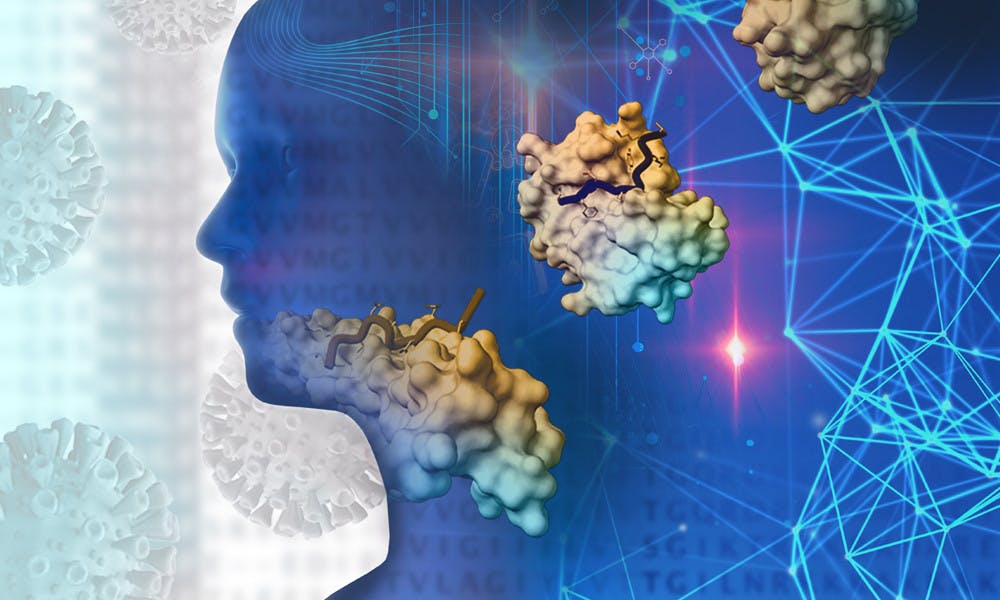Researchers at Hopkins have used AI to achieve a significant milestone in the battle against COVID-19. The team has developed an automated detection tool capable of identifying patients with the virus from ultrasound images of the lung. This work furthers the use of artificial intelligence in the healthcare professions.
The research, published in Communications Medicine, used deep neural networks (DNNs) trained on simulated and in vivo data to detect COVID-19 in lung ultrasound images. Muyinatu Bell, a co-author of the study and John C. Malone Associate Professor in the Department of Electrical and Computer Engineering, with a joint appointment in the Department of Biomedical Engineering and a secondary appointment in the Department of Computer Science, reflected on her interest in DNNs and their applications in an email to The News-Letter.
“I have been aware of the potential of DNNs since I was a postdoc in the Computer Science Department at JHU. I have since been continuously intrigued by the limits of DNNs to perform multiple tasks in medical imaging, such as ultrasound imaging,” she wrote.
The primary goal of the project was to develop an automated tool capable of detecting COVID-19 features in lung ultrasound images. Bell emphasized the urgency of the task due to the pandemic.
“The timeline was to deliver quality outcomes as soon as possible,” she wrote. "There were early challenges due to limited patient data and an evolving understanding of COVID-19 manifestations."
Through innovative methods, the team succeeded in developing a deep neural network capable of distinguishing abnormalities in ultrasound scans. Seven DNN models were trained on 40,000 simulated images, 174 publically available in vivo images, 958 curated in vivo images and a combination of simulated and in vivo images. The results show that DNNs trained with simulated and in vivo data are promising alternatives to models trained with only in vivo or only simulated data.
“Including carefully designed ultrasound simulations in the training process resulted in improved DNN performance,” Bell wrote. “I was not surprised. I expected a good performance. The question was how good?”
Bell’s favorite aspect of the project was the collaborative nature which brought together scientists from many different domains, allowing the team to pull together a diverse set of views and perspectives. In the spirit of fostering collaboration and advancing scientific knowledge, Bell emphasized the team’s commitment to accessibility, which included ensuring public access to data.
“Our code and datasets are publicly available for others to try our approach and build on our findings,” she said. “The findings can be translated to other respiratory diseases with similar lung ultrasound features.”
The development of an AI detection tool for COVID-19 in lung ultrasound images represents a significant step forward in the fight against respiratory diseases. This research not only enhances our ability to diagnose COVID-19 quickly and accurately but also paves the way for future innovations in medicine.





